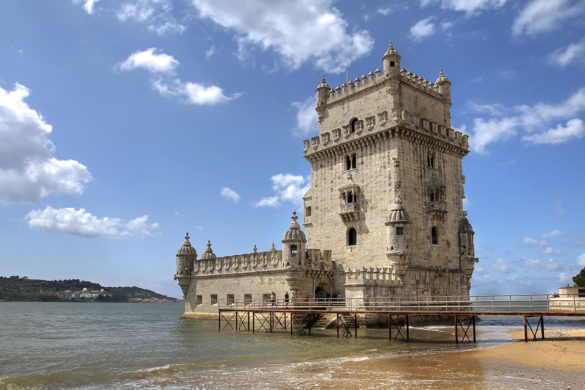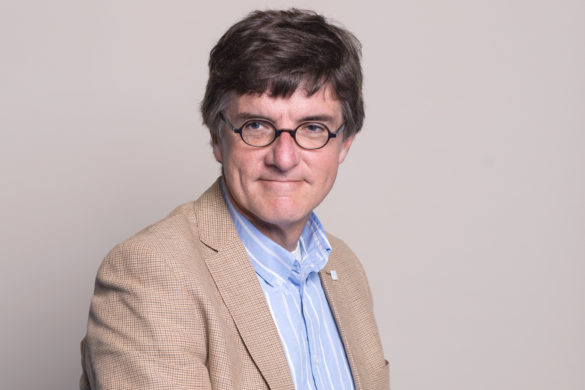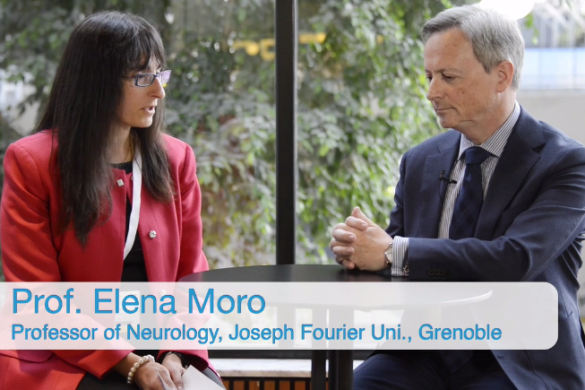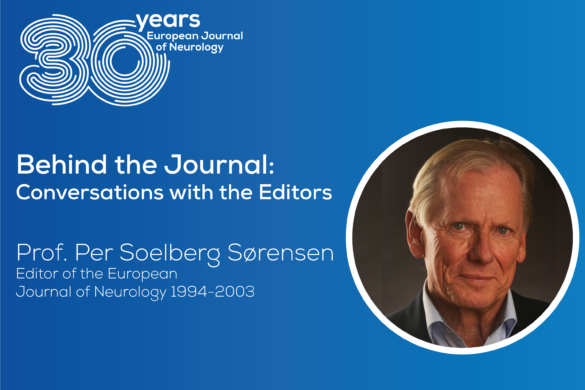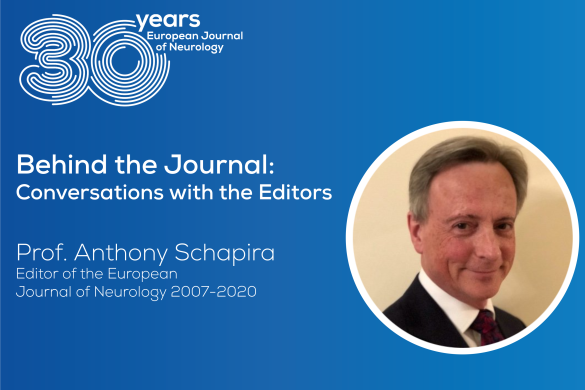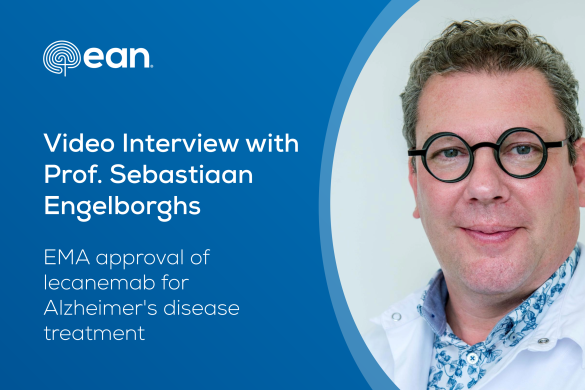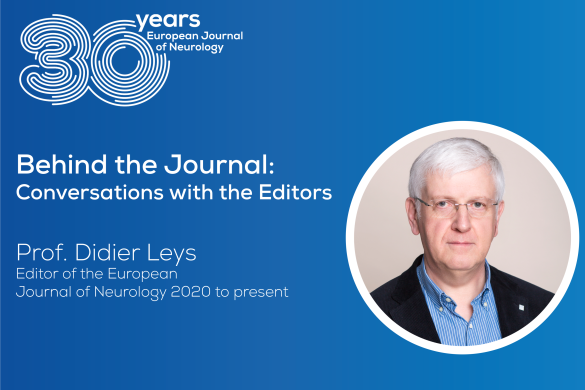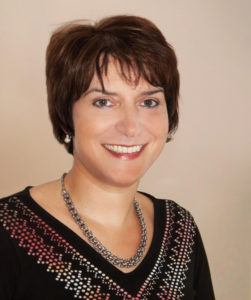 Elena Moro (EM): As incoming co-chair of the Scientific Panel “Neuroimaging” can you briefly introduce yourself and your specific field of expertise to the EANpages readers.
Elena Moro (EM): As incoming co-chair of the Scientific Panel “Neuroimaging” can you briefly introduce yourself and your specific field of expertise to the EANpages readers.
Irina Rektorova (IR): I am neurologist at the Department of Neurology, University hospital and School of Medicine in Brno, Czech Republic, Head of the Centre for Cognitive Impairment and Dementia, and Head of the Applied Neuroscience Research Group at Central European Institute of Technology (CEITEC), Masaryk University in Brno. My clinical and research expertise lies in movement disorders and dementia, multimodal magnetic resonance brain imaging and non-invasive brain stimulation (NIBS). Through several European projects my recent engagement has particularly been in research of diagnostic and prognostic biomarkers of Alzheimer’s disease and Lewy body diseases and partially also in animal model studies of neurodegeneration using MRI at high magnetic fields. Our new core facility at CEITEC offers two 3T MRI machines for human research and fully equipped NIBS lab just next to it which gives my team a great opportunity to combine both techniques in order to study large scale brain networks related to higher cortical functions, brain plasticity in healthy and pathological aging, and it provides possibilities for modulation of brain connectivity and function in various brain diseases.
I work as a Secretary of the International Association of Parkinsonism and Related Disorders (IAPRD), and I am a member of the Congress Scientific Programme Committee of the International Parkinson and Movement Disorders Society (IPMDS). I have been involved in the Neuroimaging Study Group of the IPMDS (chaired by Antonio Strafella), and serve as editorial board member of the Brain Topography journal, Journal of Alzheimer’s disease and the Czech journal Neurologie pro praxi. I co-authored two EFNS/ENS guidelines focused on diagnosis and management of Alzheimer’s disease and other non-AD dementias.
EM: Can you outline the strategic work plan you foresee for the Scientific Panel that you co-chair?
IR: In my view the Neuroimaging Panel should actively collaborate with other EAN panels since brain imaging is an important part of diagnostic approaches for various neurological diseases and it also provides an important tool for monitoring treatment effects. Our panel should also get in close touch with other already existing European and international networks of clinicians and researchers that share common interests and focus on neuroimaging in neurological diseases such as ADNI (Alzheimer’s Disease Neuroimaging Initiative), PPMI (Parkinson’s Progression Markers Initiative), IPMDS Neuroimaging Study Group, etc. Recently there has been a tremendous development of new imaging techniques including particularly new approaches to multimodal imaging and data analysis, high field MRI, and molecular imaging with novel PET ligands. This all provides a great opportunity for the EAN Neuroimaging Panel to make efforts to harmonize neuroimaging protocols for clinical use and for research across Europe, provide education and a regular update and recommendations/ guidelines for clinicians and researchers with regard to brain imaging specific to various neurological diseases. In collaboration with existing initiatives we may lead, provide expertise and initiate new prospective multicenter studies focused particularly on less frequent and rare neurological diseases where a relevant number of imaging data is more difficult to acquire.
EM: What is the main “deliverable” that you want to achieve for the work the Scientific Panel will address during your term of office?
IR: Given my expertise, interests and my engagement in international boards and societies I would like to start a dialogue particularly with the EAN Movement Disorders Panel and the IP MDS Neuroimaging Study Group in order to govern and develop new guidelines for neuroimaging in movement disorders. I guess that more than one guideline will be necessary to cover this very broad field. Our panel team priority will also include organization of educational courses, scientific workshops and hands-on type of sessions for the upcoming EAN congresses that will provide update on and explanation of major existing and novel neuroimaging techniques, their clinical utility and limitations. The panel should initiate and in collaboration with national neurological societies help to organize educational courses targeted on neuroimaging of specific neurological disorders in the EAN partner countries.




